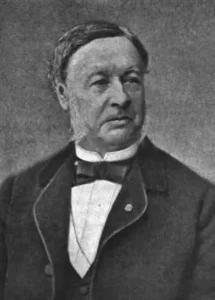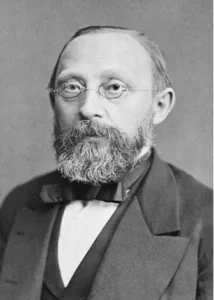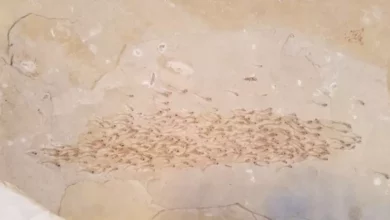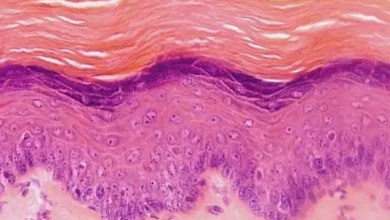Cell theory: history, concept and postulates
The cell theory is one of the fundamental bases of biology and it is where the base of the constitution of living beings and the fundamental role of cells in them is summarized.
Definition and concept of cell theory
The concept of cell theory proceeds to group three postulates that are explained in the following section. The grouping of these three postulates gives rise to the definition of cell theory which is:
The cell is the morphological, physiological and original unit of every living being.
Stated in another way, it could be said that it consists in the fact that all living organisms are made up of cells, which are the basic structural and organizational unit of all organisms and that every cell comes from another cell. The cell theory is applicable to all types of cells: eukaryotic and prokaryotic .
Postulates of cell theory
Therefore, we can summarize that the cell theory has three postulates, which have been modernized as science has evolved with the different contributions.
Although at the beginning of its formulation the origin of life was unknown and the study of cells was very superficial: it was unknown how they were formed, the biochemical reactions … the bases of the theory have not changed, if not they have been expanded and specified. The basic principles are:
- All living things are made up of cells, whether they are eukaryotic, prokaryotic or archaea . Organisms can be unicellular or multicellular, being in the latter case, different types of organization of the basic unit that is the cell.
- The basic structural and functional unit is the cell. Therefore, the basic physiological and morphological unit of all living beings is the cell. All chemical reactions that carry out the vital functions of organisms occur within cells or in their immediate environment. These chemical reactions and vital functions can be controlled by substances secreted by the cells themselves. All vital functions are contained in a single cell: the cell is the functional unit and all cells have the same basic chemical composition.
- Every cell comes from another cell , whether we study it from an evolutionary perspective or from a physiological or biological perspective. In the case of the evolutionary perspective, the exception would be the first cells that arose from chemical reactions.
The fourth postulate and modern concepts
Currently, a fourth postulate or principle is added, which is that cells contain the hereditary material (DNA) where all the characteristics of the cell are found and that is transmitted to its daughter cells.
Likewise, what is explained in the second postulate where it speaks of energy flows and chemical composition are modern additions resulting from studies in cell biology and biochemistry.
Who proposed the cell theory?
Although the first observation of cells was made by Robert Hooke in 1665, observing a sheet of cork, the cell theory did not begin to formulate until 1838.
The cell theory is formulated in the first place thanks to observations and formulations of Theodor Schwann (physiologist) and Matthias Schleiden (botanist) . In 1838, Schleiden formulated that all plants are made up of cells, a statement that his colleague Schwann also extended to animals, thus arriving at the first two principles of current cell theory.

In 1839, Schwann published Microscopic Investigations on the similarity in the structure and growth of fauna and flora where these first two principles or postulates appear formulated, unifying the theory for animals and plants. The two principles he arrived at were that:
- animals and plants are made up of cells plus the secretions of cells;
- these cells have an independent life
Schwann enunciated a third principle about the origin of cells. He postulated that cells were generated by some process similar to crystallization, although it was also thought at the time that they came from a blastema . This third principle turned out to be false as a result of subsequent investigations.
The current third principle of the cell theory , according to which a cell comes from another cell, ( omnis cellula e cellula was the term used at the time) was disseminated and added as a third principle to the cell theory by Rudolf Virchow in 1855. Virchow who is considered the father of modern pathology recovered the research of Robert Remark, and gave them the context within the framework of cell theory.

Rudolf virchow
Later, Pasteur with his experiments on cell multiplication would confirm this third principle and thanks to the studies of Santiago Ramón y Cajal, the cell theory spread to all tissues of the body by demonstrating that nervous tissue was made up of cells called neurons.



